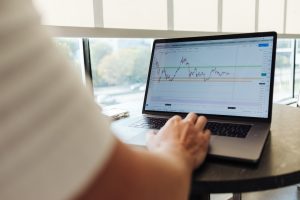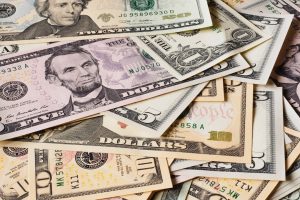Forex trading, also known as foreign exchange trading, is the practice of buying and selling currencies of different countries. The forex market is the largest and most liquid market in the world, with an average daily trading volume of over $5 trillion. The aim of forex trading is to make a profit by buying a currency at a lower price and then selling it at a higher price.
Forex trading is done through a global network of banks, brokers, and other financial institutions that trade currencies with each other. The market operates 24 hours a day, five days a week, with trading happening in different time zones around the world. This means that traders can buy and sell currencies at any time, from anywhere in the world.
To start trading forex, you need to open an account with a forex broker. The broker acts as a middleman between you and the market, providing you with access to trading platforms, market data, and other resources. You can trade forex using a variety of instruments, including spot contracts, futures contracts, options, and exchange-traded funds.
Spot contracts are the most common type of forex instrument. They involve buying or selling a currency at the current market price, with delivery and payment taking place within two business days. Futures contracts are similar to spot contracts, but with delivery and payment taking place at a future date. Options give you the right, but not the obligation, to buy or sell a currency at a predetermined price on or before a certain date. Exchange-traded funds are investment funds that track the performance of a basket of currencies.
Forex trading involves analyzing the market to identify trends and patterns that can help you make profitable trades. The two main types of analysis are technical analysis and fundamental analysis. Technical analysis involves studying charts and other market data to identify trends and patterns that indicate future price movements. Fundamental analysis involves analyzing economic, political, and social factors that can affect the value of a currency.
There are several factors that can affect the value of a currency, including interest rates, inflation, economic growth, and political stability. For example, if a country’s central bank raises interest rates, its currency is likely to appreciate as investors seek higher returns. Conversely, if a country experiences high inflation, its currency is likely to depreciate as investors lose confidence in its value.
Forex trading involves taking calculated risks to make a profit. Traders use a variety of strategies to manage risk and maximize profits, such as stop-loss orders, limit orders, and position sizing. A stop-loss order is an order to sell a currency if it reaches a certain price, to limit potential losses. A limit order is an order to buy or sell a currency at a predetermined price, to lock in profits. Position sizing involves determining the size of your trades based on your risk tolerance and account size.
In conclusion, forex trading is a complex and dynamic market that requires a deep understanding of economics, politics, and finance. It can be a lucrative way to make money, but it also carries significant risks. To succeed in forex trading, you need to have a solid understanding of the market, a sound trading strategy, and the discipline to stick to your plan.






